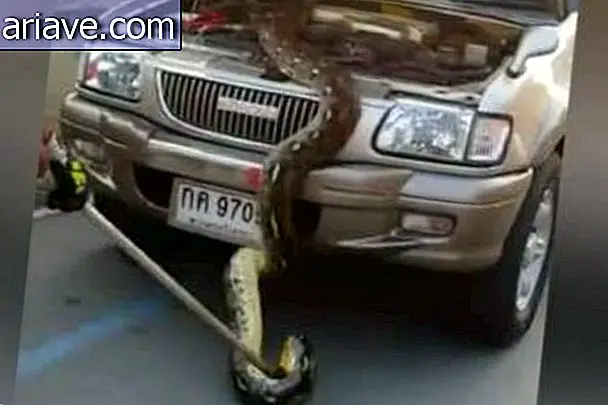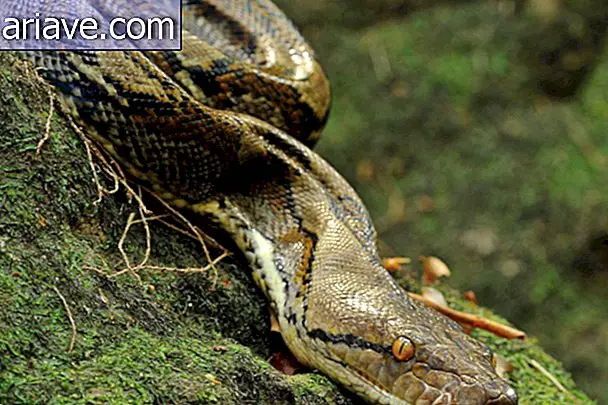Fossilized: Whale is found inside another much larger belly
In the seas of 35 million years ago, at the end of the Eocene period, the second epoch of the Cenozoic era, one of the queen of the seas was the Basilosaurus isis whale, with an impressive 18 meters from the seas. It was so large that it fed on other cetaceans, including other whales - and archaeologists found fossils showing one smaller whale inside another.
B. isis is a little different from the whales we know today, twice the size of orcas, for example. She had sharp teeth in her mouth and, in addition to feeding on whale carcasses, hunted them when she was hungry - a theory that gains more strength from the new excavations.
The discovery of “whale inception” was made in 2010, just outside Cairo, Egypt, in a place known as the Whale Valley. The specimen of B. isis in question had in its stomach the remains of the now extinct Dorudon atrox, which reached a mere 5 meters in length.

The fact that D. atrox has tooth marks on the skull indicates that it was hunted by B. isis, which usually attacks the head for a more instant prey death. Everything indicates that the victim was a puppy, since the Valley of the Whales in Egypt was probably a breeding ground for D. atrox - practically a buffet for gigantonas!
The predatory behavior of B. isis may have echoes to this day: it is believed that the killer instinct of killer whales, for example, which can even feed on offspring of other species, has to do with their great-great-grandparents' instincts. Cenozoic.











